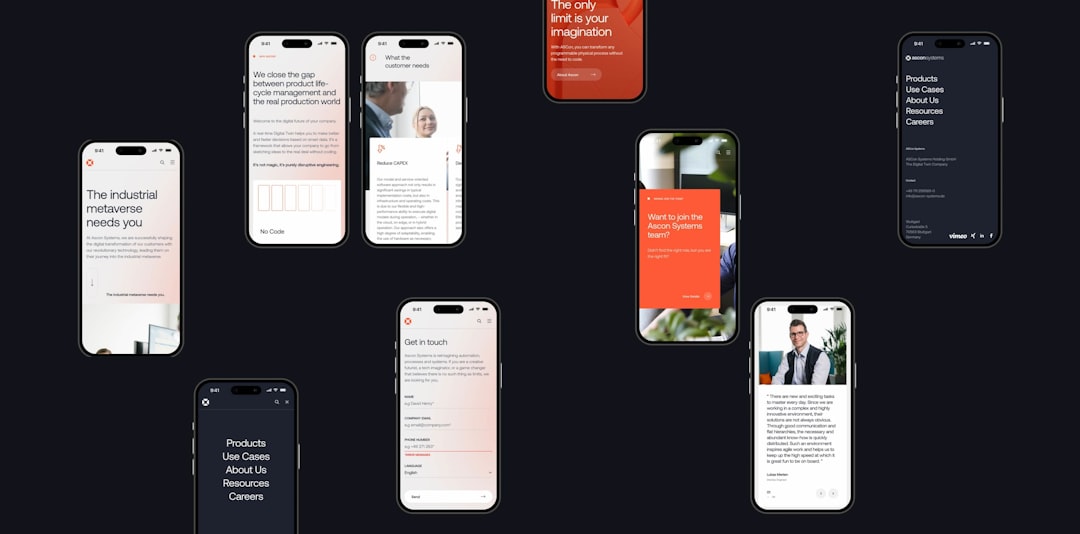In the age of data privacy and digital empowerment, consumers are becoming increasingly intentional about what information they share and with whom. Traditional methods of gathering customer data, such as third-party tracking and behavioral inference, are rapidly losing effectiveness — and trust. As regulations tighten and cookie-based tracking phases out, brands are seeking new ways to understand and connect with their audiences. Enter zero-party data, a game-changing approach to personalization that relies on one simple principle: ask, don’t guess.
What Is Zero-Party Data?
Zero-party data refers to information that is intentionally and proactively shared by customers with a brand. This includes preferences, intentions, personal context, and how they want the brand to recognize or serve them. Unlike first-, second-, or third-party data, which are inferred or indirectly collected, zero-party data is openly provided by the customer — typically through interactive experiences such as surveys, quizzes, preference centers, and product finders.
As this data comes directly from the consumer, it’s inherently high-quality and trust-based. It empowers marketers to deliver truly personalized experiences without invading privacy or making risky assumptions based on browsing behavior.

Why Guessing Doesn’t Work Anymore
Marketers have traditionally relied on behavioral data — clickstreams, time on site, shopping cart activity — to infer consumer preferences. While sometimes revealing, these assumptions are not always accurate and can erode customer trust when recommendations feel invasive or off-mark.
Additionally, platforms like Apple and Google are deprecating third-party cookies, further limiting marketers’ visibility into user behavior. In this privacy-focused era, guessing not only fails to deliver value but could also backfire. Misguided assumptions may lead to irrelevant messaging and disengagement — or worse, convince a customer that a brand doesn’t understand them at all.
The Benefits of Zero-Party Data for Personalization
When leveraged properly, zero-party data offers multiple advantages over traditional data collection methods:
- Compliance with Privacy Regulations: Since users voluntarily provide the data, it aligns with GDPR, CCPA, and other data privacy laws.
- Higher Data Accuracy: Preferences and intentions shared by the user are likely to be more accurate than inferred behavior.
- Enhanced Customer Trust: Transparency builds loyalty — customers are more willing to engage when they know their data is used responsibly.
- Improved Personalization: From customized product recommendations to tailored email content, brands can craft experiences that truly resonate.
- Real-Time Relevance: Marketers can act on zero-party data instantly, making communications timely and meaningful.
How to Collect Zero-Party Data
Successful collection of zero-party data hinges on strategic execution. Brands must focus on delivering value while minimizing friction in the data-sharing process. Below are effective methods to gather this rich, declared data:
- Preference Centers: Allow users to indicate what kind of content, products, or frequency of communication they prefer. This fosters control and personalization.
- Interactive Quizzes: Engage users with quizzes that help them discover the right product, service, or content. Capture their preferences in the process.
- Surveys and Feedback Forms: Use short, focused forms post-purchase or post-visit to ask how you’re doing and what they want more of.
- Onboarding Flows: Guide new users through setup experiences where they can specify goals, interests, or needs upfront.
- Social Engagement: Gamified polls or Q&As on platforms like Instagram or TikTok can subtly gather preferences in a fun, low-pressure way.

Using Zero-Party Data to Power Personalization
Once collected, the true magic lies in how this data is applied. Zero-party data enables 1:1 personalization across the entire customer journey:
- Email Campaigns: Tailor subject lines, content, and send times based on each user’s stated preferences.
- Website Experience: Dynamically present products, offers, or content based on collected interests and motivations.
- Product Recommendations: Suggest bundles, sizes, or flavors that match each user’s responses from interactive tools.
- Customer Support: Agents can use data to anticipate needs and resolve issues with a more human and informed approach.
Incorporating zero-party data creates touchpoints that feel surprisingly intuitive and delightful, reducing cognitive load and increasing satisfaction.
Building Trust Through Transparency
Trust is the cornerstone of zero-party data collection. Brands must clearly communicate why they’re asking for data, how it will be used, and what the user gets in return. This could be saving time, receiving better recommendations, or gaining access to exclusive experiences.
Providing visibility into how user data shapes their experience — such as showing how quiz answers filtered recommendations — fosters a sense of agency and partnership. This exchange transforms data sharing from a transactional act into a co-creative one.
Challenges and Considerations
Despite its benefits, collecting and utilizing zero-party data comes with challenges:
- Data Silos: Information must be centralized and accessible across marketing, sales, and support teams to enable unified personalization.
- Over-asking: Bombarding users for information too frequently or without clear value may lead to apathy or distrust.
- Experience Design: Interaction points used to gather data must be natural and non-disruptive to avoid friction in the user journey.
With thoughtful implementation, however, these challenges can be addressed head-on, yielding long-term benefits in data quality and customer perception.

Conclusion: The New Era of Customer-Led Personalization
The age of personalization is no longer defined by algorithms guessing customers’ desires. It’s about empowering individuals to share how they want to engage on their terms. Zero-party data is the key to unlocking this meaningful personalization — bridging the gap between customer trust and brand relevance. By asking rather than assuming, companies can humanize their digital experiences and build lasting relationships based on mutual transparency and respect.
Frequently Asked Questions (FAQ)
- What is the difference between zero-party and first-party data?
- Zero-party data is explicitly provided by the customer (e.g., via a quiz or form), while first-party data is collected through user behavior on owned platforms (e.g., page views, clicks).
- Is zero-party data GDPR compliant?
- Yes. Since users willingly provide this data, it aligns with most data protection regulations, including GDPR and CCPA, as long as proper consent and transparency are maintained.
- How much zero-party data should I collect?
- Start with just enough to create a better experience and build trust. Over time, as you prove value, customers will likely be more willing to share additional data.
- Can zero-party data be integrated into CRM and email marketing tools?
- Yes. Most modern marketing platforms support the integration of zero-party data for segmentation, personalization, and workflow automation.
- How can small businesses collect zero-party data affordably?
- Tools like Typeform, Google Forms, or even Instagram Stories make it easy to start gathering insights without a big budget. Focus on quality interactions over quantity.



